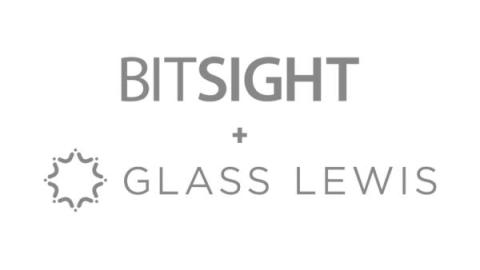CIO Vs. CISO: Who Does What?
Every organization handles security differently, based on their needs and internal structure—but in some mid-sized and large companies, both the chief information officer (CIO) and the chief information security officer (CISO) are involved. This can set up a CIO vs. CISO standoff. Indeed, historically, the relationship between the CIO and CISO has been described as adversarial but ever-evolving.



